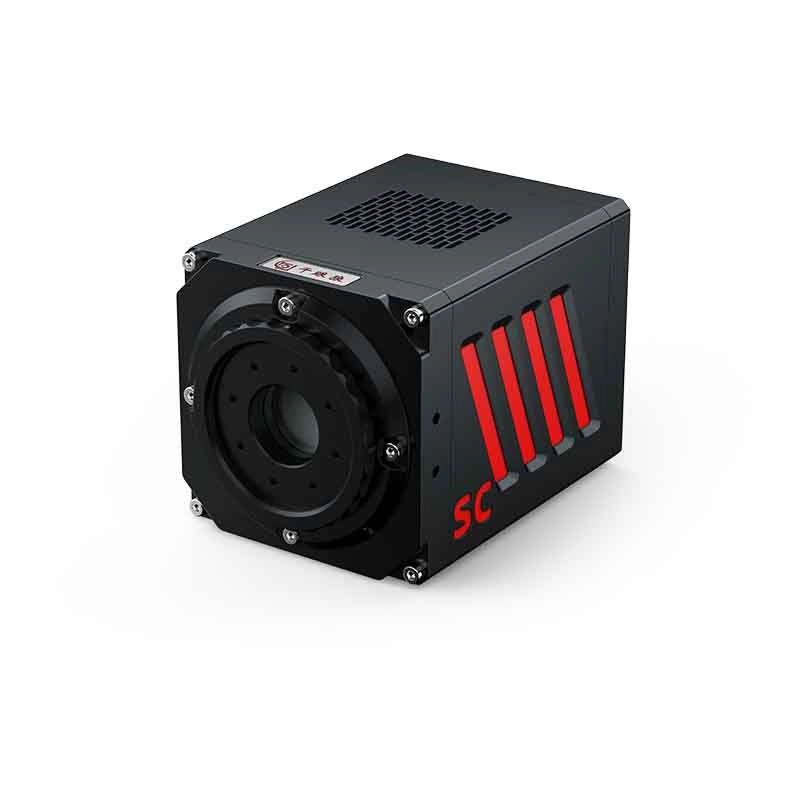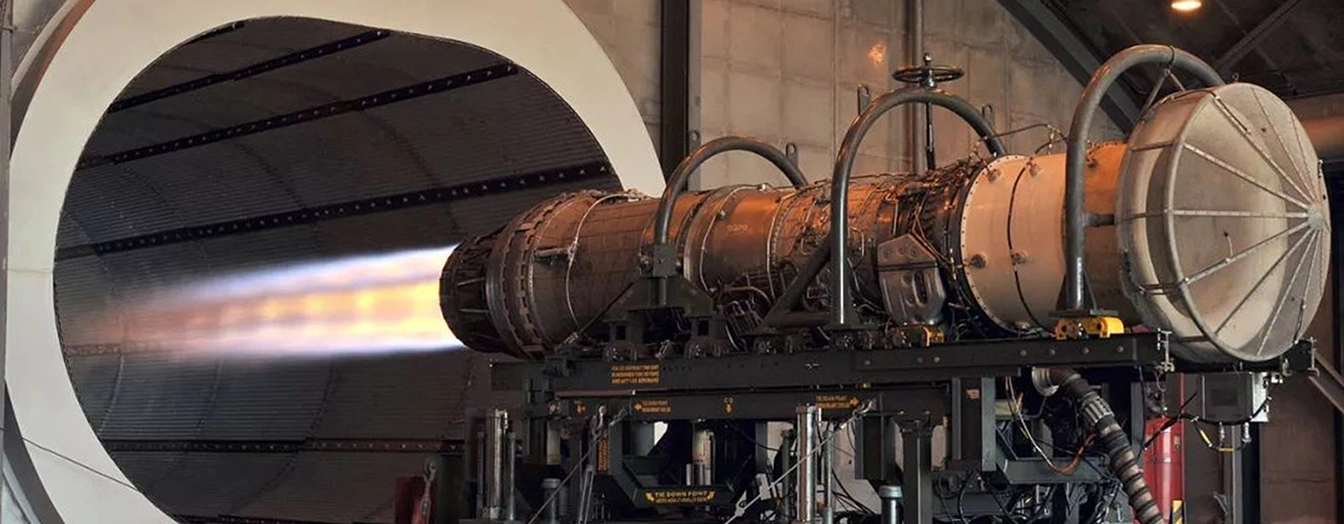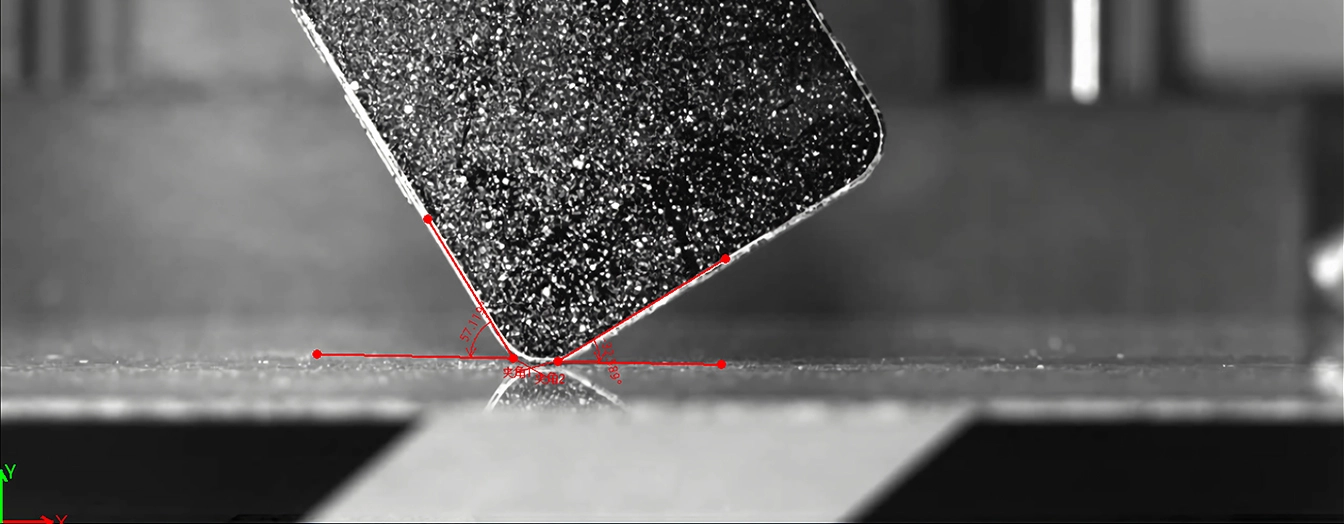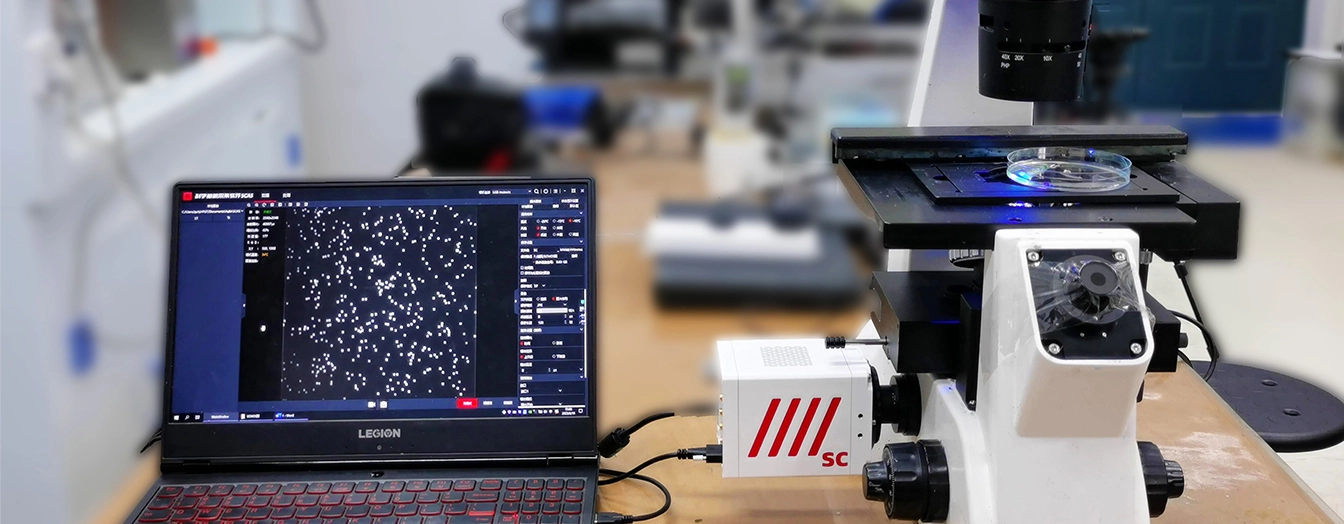In order to reduce the measurement errors caused by PIV high-speed camera displacement adjustment, calibration plate process, experimental placement, etc., PIV flow field measurement needs to apply the Plane self-calibration and Three-dimensional self-calibration techniques to improve the measurement accuracy.
1. Plane Self-calibration Technology
1.1 Applicable Scenarios
PIV-2D3C measurement
1.2 Reasons for error
When establishing the measurement space coordinate system, defining the coordinate origin O, and specifying the direction of x and y axes in the plane, the calibration plane where the calibration plate is located and the measurement plane where the laser slice of light are located do not coincide, and translation or rotation occurs, leading to errors in reconstruction.
1.3 Technical Principle
Based on the principle of parallax vector field correction mapping function.
1.4 Calibration Process
Step 1:Map the particle image captured by the PIV high-speed camera to the calibration plane and calculate the parallax vector field.
Step 2: Determine the intersection point of the light rays passing through the two ends of the vector in the measurement space by using the triangulation method, and fit the intersection point by the least-squares method to get the expression of the measurement plane in the original calibration coordinate system.
Step 3:Transform the original coordinate system, so that the measurement plane becomes a z = 0 plane, calculate the calibration plane and the measurement plane translation, rotation.
Step 4:Determine the physical coordinates of the intersection point in the new coordinate system and fit the mapping function.
Step 5:Iterate until the parallax vector field converges to a small enough size to get the exact mapping function.
1.5 Calibration results
Before and after the face self-calibration, the particle distance deviation is reduced from 4.2159pixel to 1.1903pixel.


2. Three-dimensional Self-calibration Technology
2.1 Applicable Scenarios
PIV-3D3C measurement
2.2 Reasons for error
Calibration plate processing technology or PIV high-speed camera displacement can not be accurately positioned resulting in multiple views of the particle line of sight does not overlap.
2.3 Technical Principle
Based on the principle of small hole model reconstruction algorithm using third-order polynomials.
2.4 Calibration process
Step 1:Measure the pixel coordinates of all the white patches of particles in the particle images captured by the four PIV high-speed cameras S1,S2,S3,S4.
Step 2:Iterate over the pixel coordinates of each particle in S1 and map them into the body space to obtain a string of potential spatial coordinates.
Step 3: Project the obtained potential spatial coordinates onto the PIV high-speed camera 2, obtain a string of pixel coordinates (see the green point in the figure below) and the fitted linear equations, determine whether the pixel coordinates satisfy the matching conditions (in the line of sight, distance from the straight line < a certain threshold and the projection point falls within the line segment), satisfy the spatial coordinates of the particles, and if not, return to the second step and analyze the next particle. Project the successfully matched particle spatial coordinates to camera 3 and camera 4 for further verification, if the projection point is localized to the corresponding particle pixel coordinates in S3,S4, then the matching is successful, otherwise return to the second step. Repeat the above process until all successfully matched particles are localized.
Step 4:Build an optimized model with third-order polynomial algorithm to solve for the optimal particle spatial coordinates (X,Y,Z) that minimize the average reprojection error.
Step 5:Inverse the solution and update the calibration model parameters according to the new spatial location.
Step 6:Iterate until the reprojection error reaches a stable convergence state.
2.5 Calibration results
The total projection error of the body is distributed around 3~4 pixels before self-calibration, and after 3 rounds of iterative convergence, the error is stabilized at around 1 pixel, of which <1 pixel accounts for 65% of the error.
3. Conclusion
Revealer RFlow 2D3C, 3D3C particle image velocimetry software integrates the above self-calibration techniques to help hydrodynamics researchers to obtain an accurate characterization of the 3D velocity vector field of tracer particles in planar 3D space and body space.














